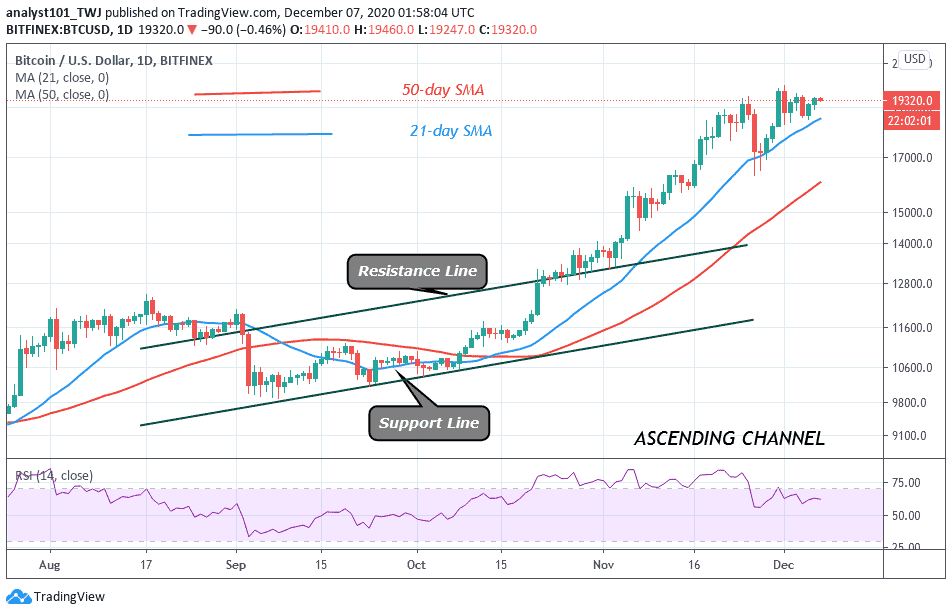Join Our Telegram channel to stay up to date on breaking news coverage
For all their benefits, blockchain platforms remain significantly limited in how much they can handle. Solana blockchain learned this the hard way. Yesterday, Solana, a high-output layer-one blockchain solution, experienced an operations outage that lasted about six hours. Users and industry insiders had mixed reactions following the ordeal.
Examining One Company’s Misfortune
According to a live blog post, the problem had originated on the Solana Mainnet Beta cluster, it suddenly stopped producing blocks after the 53,180,900th slot, essentially putting a hold on the confirmation of transactions going forward.
The operations outage lasted about five and a half hours, but it was fixed after about 200 network validators successfully initiated a network restart sequence. Following the restart, the network could produce blocks again.
The Solana team thanked the validators who helped resolve the problem, adding that it will release a post-mortem on the network and implement recommendations from experts.
As expected, such an occurrence immediately drew comments. Critics of the platform were quick to rip into it, with one Twitter user claiming that the trades on Solana-hosted decentralized exchange Serum had seen terrible volumes.
Another user jokingly asked the blockchain service to turn their platform “on and off.” Following the successful restart sequence, Sam Bankman-Fried, the chief executive of crypto exchange FRTX (Serum’s operating company), replied that they seemed to have done that.
yup they did, seems like it worked 😛
— SBF (@SBF_FTX) December 4, 2020
Supporters also came out in droves. Hudson Jameson, a researcher at the Ethereum Foundation, praised the Solana team and validators for their quick action. He added that even Ethereum experienced its fair share of network challenges in its early days, so it isn’t anything to be ashamed about.
As someone who has lived through a number of Ethereum network emergencies, I want to say good job on the quick reaction and prompt recovery of your network @solana. https://t.co/PWkmQflMpz
— Hudson Jameson (@hudsonjameson) December 4, 2020
Network congestions and operations issues are merely a sign of a growing blockchain ecosystem. Big names like Ethereum and TRON remain susceptible to problems from time to time, and it seems that Solana is now enjoying the rite of passage.
Solana’s Need to Improve
Beyond the comments and jokes, however, the blockchain service will want to shape up going forward. Issues like these exist primarily to show flaws in operation that should be fixed.
With Solana looking to expand its operations, this is not the ideal time to have operational issues. In October, Solana announced Wormhole, a decentralized bridge for ERC-20 tokens. The bridge will allow users to seamlessly transfer value between several blockchains, converting ERC-20 tokens into Solana’s corresponding SPL standard.
Wormhole uses a set of “guardians,” which were selected from Solana’s current validators. The blockchain company highlighted that the bridge is a Proof-of-Authority network, which borrows identities and trust from the main Solana blockchain. The guardians will read data from both blockchains, thus verifying that the bridge operates as it should.
When two-thirds of the validators sign that a transaction is correct, both sides’ smart contracts will trigger the transfer by minting and burning the appropriate tokens. The Wormhole system works similarly to the federated bridging operation that Bitcoin sidechains like RSK and Liquid perform. For this case, however, guardians won’t be the direct custodians of assets in the bridge.
Solana also confirmed that it is working on a parallel implementation of the chain that will feature on-chain clients. This could potentially eliminate the need for any concrete validator.
Join Our Telegram channel to stay up to date on breaking news coverage


